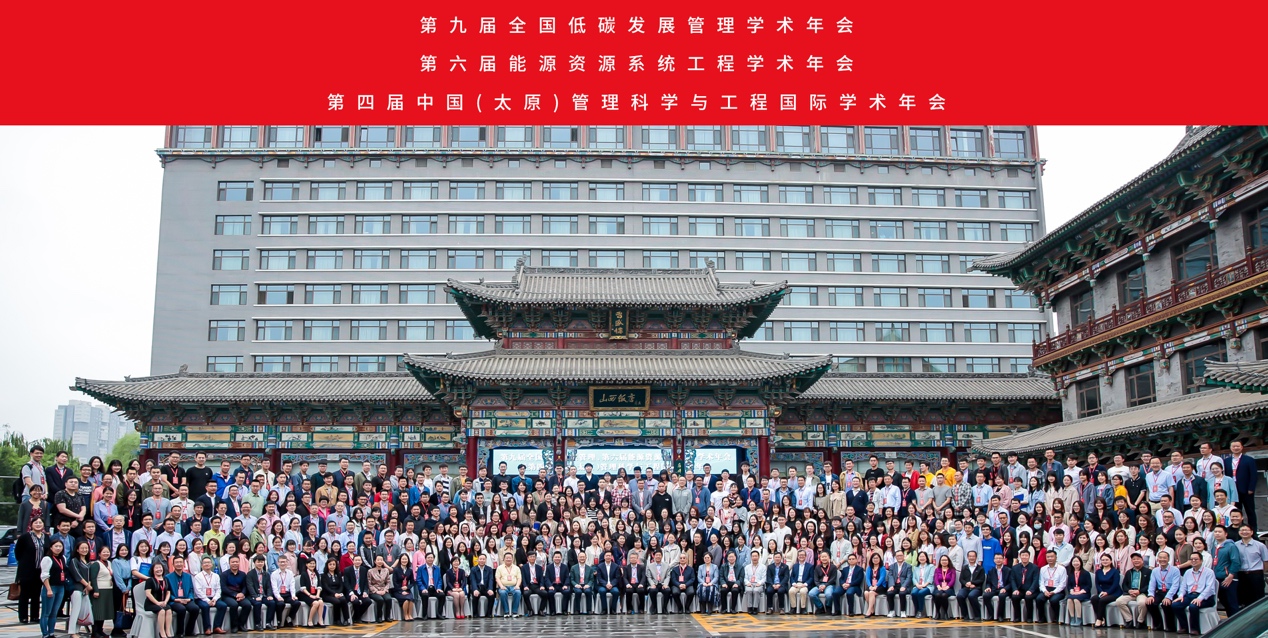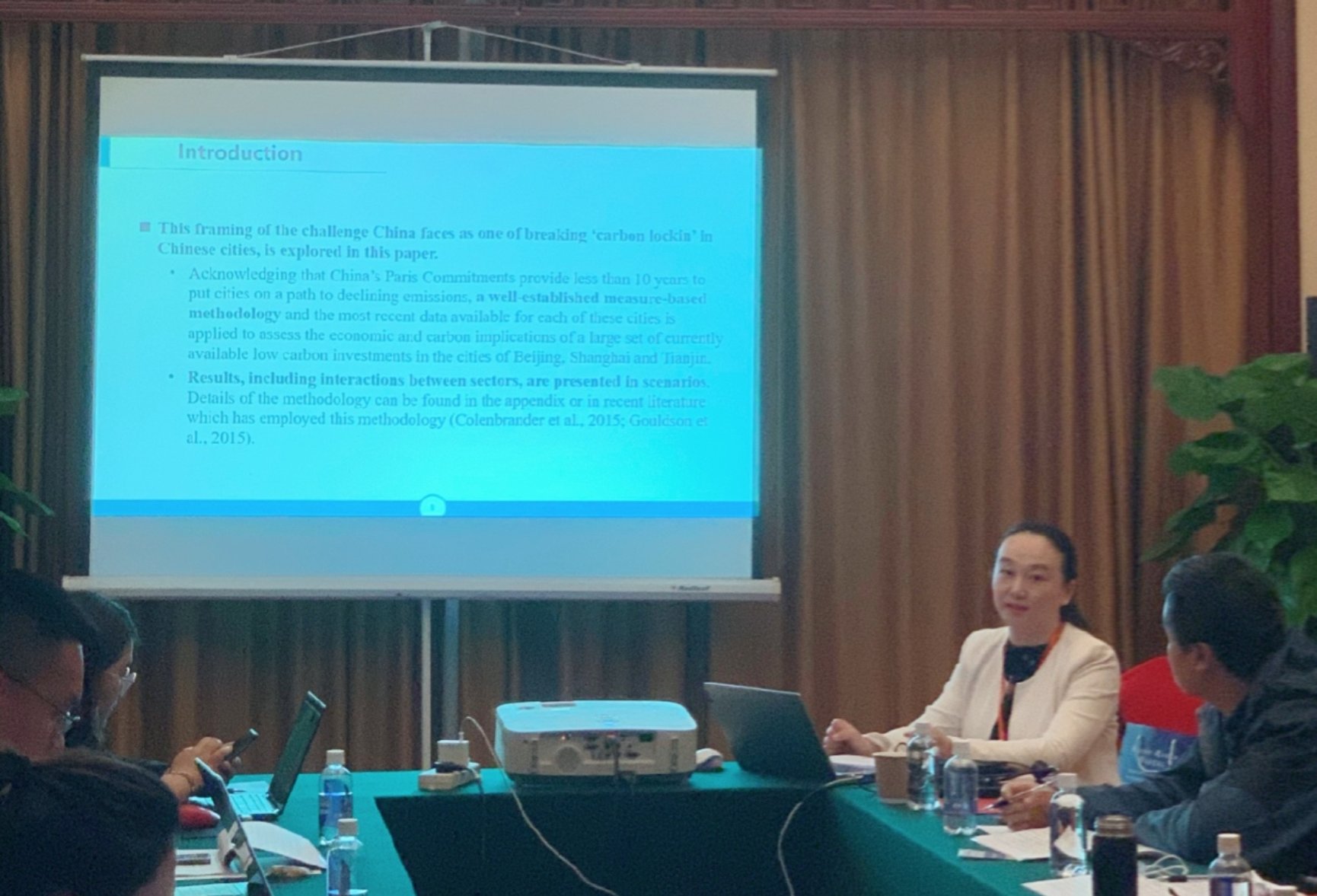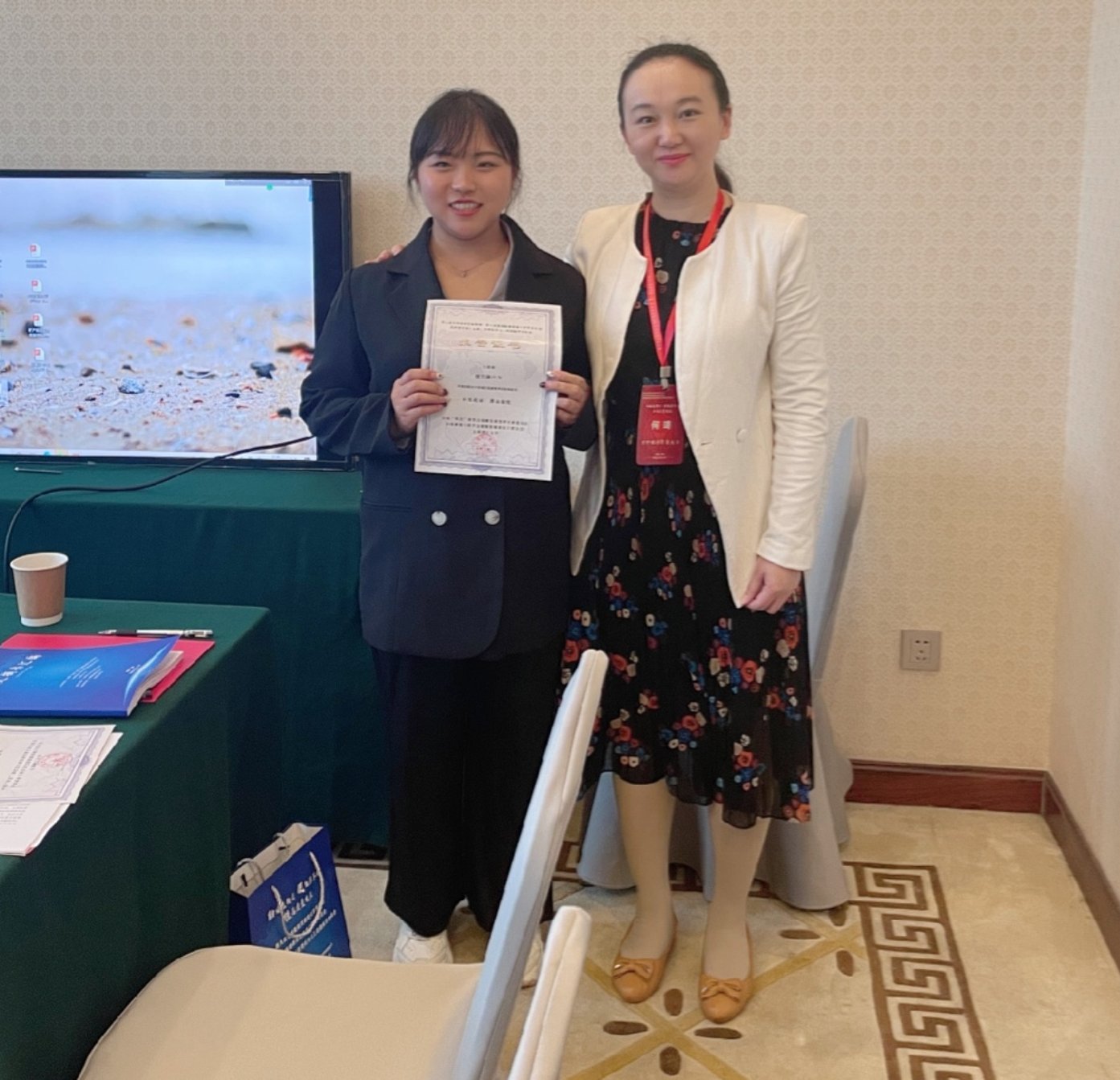Qi He attended and gave an academic report on the 9th National Academic Annual Conference on Low Carbon Development and Management
On the morning of May 15, 2021, the Ninth National Conference on Low Carbon Development and Management, the Sixth Annual Conference on Energy Resources System Engineering and the Fourth China (Taiyuan) International Conference on Management Science and Engineering (2021) opened in Shanxi Hotel, Taiyuan City, Shanxi Province of China. This annual meeting is jointly sponsored by the Low Carbon Development and Management Committee of Chinese Society of Optimization, Overall Planning and Economical Mathematics, Energy and Resources Systems Engineering branch of Systems Engineering Society of China and Taiyuan University of Technology. More than 200 experts and scholars from universities, scientific research institutes and enterprises across the country made suggestions on energy transformation under the vision of carbon neutral, and jointly sought new opportunities for low-carbon development.

Picture 1. Group photo of conference guests
Qi He, associate researcher of Research Institute for Global Value Chains, delivered an academic report entitled "carbon lock in China's megacities" at the sub venue of "Carbon Neutralization and Low Carbon Transformation". The conference was hosted by Liu Bo’en, researcher of Chinese Academy of Natural Resources Economics.
First, Qi He introduced the research background of "carbon lock-in" issues in Chinese cities. After decades of unprecedented economic, urban and industrial growth, concerning carbon emissions, China’s commitment to peak emissions before 2030 and carbon neutral before 2060 provided evidence that this so-called “new normal” would have profound implications for China’s role in addressing global climate change. While the extent that such a shift is achievable has been the subject of continued debate. The extent that decades of energy intensive industrially led economic growth has ‘locked’ the country to a high emissions development path may be the greatest challenge China faces as it shifts towards a lower-carbon economy. Some Chinese scholars have also raised concerns around the scale of recently built energy-intensive infrastructures.
Then, around a "bottom-up" measure-based cost and benefit model, Qi He introduced how to form a baseline scenario of carbon emission for specific sectors of the cities, identify and assess low-carbon measures, summarize the cost-benefit and carbon emission reduction potentials of low-carbon measures, and consider the possible interaction and feedback between measures, so as to evaluate the economic and carbon effects of a series of low-carbon investments that Beijing, Shanghai and Tianjin and their related power grids may currently carry out.
Next, Qi He shared the research results of city-level investment demand, investment payback period, carbon reduction effectiveness and carbon lock-in level of Beijing, Shanghai and Tianjin under the cost effective, cost neutral and technical potential scenarios, and discussed the challenges and structural enlightenment of these cities from the future high emissions. These scenarios depend on an aggressive and economy-wide program of low carbon actions to address the scale of existing high carbon capitals and emphasizes that meeting these goals is dependent on policymakers making low carbon action a priority. Results reveal significant opportunities to invest in actions that generate net financial returns while reducing emissions. These include energy efficiency standards for appliances, hybrid and electric cars, and energy saving measures in industry. These findings are in line with the case for low carbon action in Chinese cities, and global cities, found in wider literatures. In order to fundamentally shift the path of emissions, however, policymakers will need to encourage fuel switching in industry, shift people away from private cars, and ensure that new buildings are not just energy efficient, but are ‘future-fit’ to comply with the standards we anticipate will be needed in future. Addressing this challenge requires more detailed scenario analysis and forward-looking planning from the national government. In addition, the dramatic cost of decarbonizing industries such steel, cement and chemicals, highlights the need for international knowledge sharing and coordination.
Qi He further revealed the difficulties associated with breaking the lock-in dilemma against the recognition that technological, institutional, behavioral and even political lock-in will probably occur. In addition to the economics of low-carbon alternatives, policymakers should therefore consider how to break the lock-in conditions when formulating new proposals for city development. Also the importance of "building it right" at initial stage of city planning is therefore paramount.

Picture 2. Associate researcher Qi He making academic presentation
In addition, Qi He was invited to the "Renewable energy industry development" session as a guest and made wonderful comments on "Research on the impact of environmental regulation on urban energy efficiency in China", "Research on environmental benefits of geothermal power generation based on life cycle analysis", "A comprehensive net energy analysis and outlook in China", "Structural destruction and shortening of peaking resources in China: screening curve approach and case study of Shandong Province" and other academic reports.

Picture 3. Associate researcher Qi He issuing certificate for reporting scholar